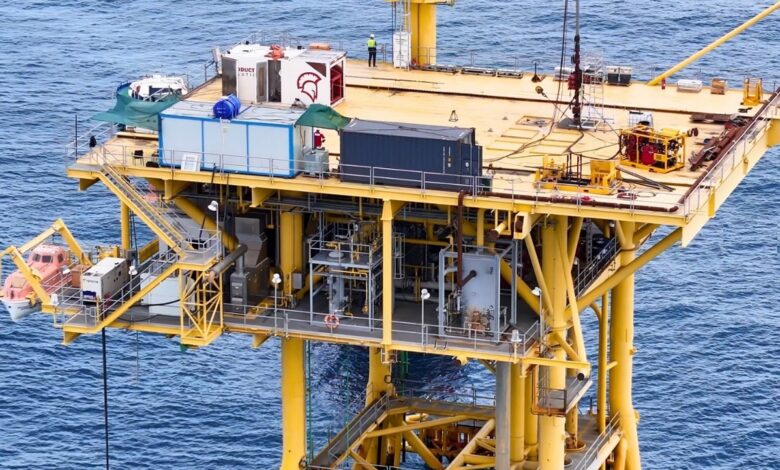Trillion Energy completes Alapli-2 gas well

Trillion Energy has installed 2-3/8” velocity string tubing (VS) into the Alapli-2 natural gas well at the SASB field.
Following the completion of this operation, the team will prepare to transport the snubbing unit via crane barge to the East Ayazli tripod, where 2,888 m of 2-3/8” VS tubing will be run into the Bayhanli-2 well. This phase is expected to be completed within the next seven days, weather permitting.
Upon the completion of Bayhanli-2, the snubbing crew and crane barge will be released, and nitrogen stimulation activities will begin in both wells to optimize well performance and enhance production levels.




